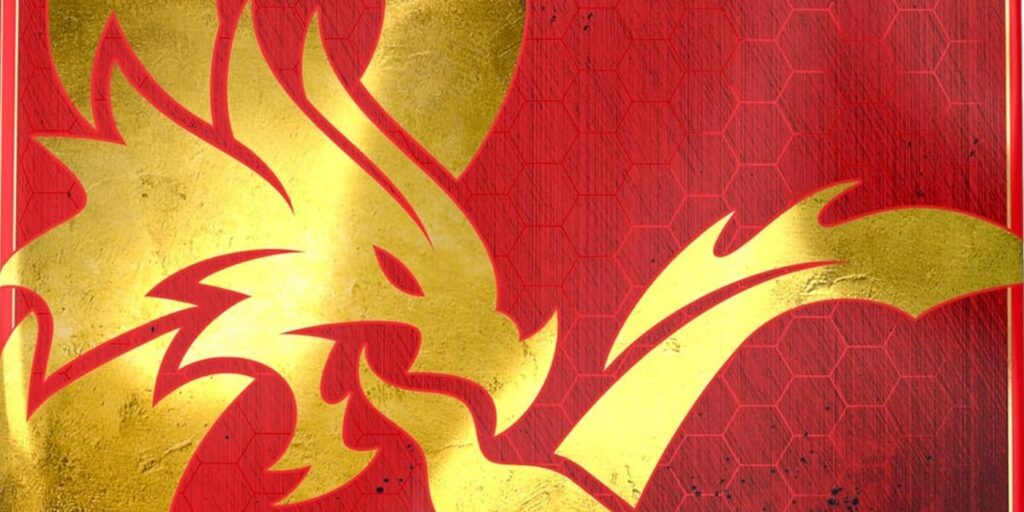D&D: Need an Evil Cult? Here are the Five Best Ones in D&D

Whether they’re looking to change the world, do their lord’s dark bidding, or figure out how to stab a god, cults in D&D are never not fun times in game.
Cults are a frequent foe in D&D. Sometimes your party will find a cult that is formidable and terrifying. A well-structured organization dedicated to a common goal. Other times … not so much. Today we’ll be looking at some of my favorites of the latter category.
D&D Cult: The Living Axe
Living Axe is a dwarven group appearing in 1990s Dwarves Deep. This D&D Cult comprises dwarves who dedicate their lives to the worship of sentient weapons. The most notable of these weapons was a double-bladed axe for whom the cult was named. In homage to their leader, many members carried multiple axes. In reality, many of the weapons the Living Axe took all of their orders from weren’t divine or holy at all. Instead, they were houses or prisons for malevolent spirits who suddenly had a little too much authority.
D&D Cult: Order of Blue Flame
The Order of Blue Flame was a D&D Cult that believed the Spellplague disaster was a good thing. If you weren’t aware, the Spellplague hit the Forgotten Realms about the time of 4th Edition. It led to such events as “the Wailing Years” and “the Plaguewrought Lands”. In Fact, most Blue Flamers wanted more Spellplague like it was Will Ferrell in Blue Oyster Cult.
Many of the members of this order acted contrariwise, though. As part of their cover, Blue Flame cultists spearheaded charity and mission projects. Or else they undertook other efforts to help those infected by Spellplauge. This outward kindness resulted in widespread welcome.
However, this was all a ruse. Fortunately, at their most noteworthy gathering, the Festival of Blue Fire, most of them died.
Cult of Jathiman
This D&D cult is a little different than the others, not interested in appeasing a specific god or continuing any divine work. Instead, the Cult of Jathiman hated the very notion of gods and thought they could kill the gods themselves through the power of magic, belief, and good old fashion self-sacrifice. It didn’t work out the way they planned and Jergal, Lord of the End of Everything destroyed the entire group in a truly horrible fashion. But they get bonus points in my book for creativity and a real commitment to nihilism.
Cult of the Dragon
Perhaps the group in this list I could almost get behind–but also probably not because that would be madness – the Cult of the Dargon was a group that worshiped undead dragons and dragonliches. Believing that dead dragons shall rule the world,” they revered dragons and brought them treasures and offerings in hopes that they could eventually be convinced to become dragonliches.
This eventually turned into an intelligence-gathering ring for the evil dragons of Faerun, and while some dragons opted to become undead, others probably saw this as an opportunity to have worshipers bring them wealth and information. Win/Win.
She-Spider Cult
This D&D cult turned criminal organization originated as a religious Drow organization dedicated to evil goddesses Shar and Lolth. Unfortunately, the cult fell out of favor with the goddesses, and rather than attempt to win back their favor, disband, or even find new deities, the group re-branded to become a crime ring. This sudden change makes me think that perhaps this cult was more interested in being a social group than a religious one.
What’s your favorite cult in D&D lore? What were their goals? Has a DM ever homebrewed one for your game? Let us know in the comments!
Happy adventuring!






